
2 Hidden Spots in Your Washing Machine That Make Clothes Dirtier
2 Hidden Spots in Your Washing Machine That Make Clothes Dirtier—90% of People Have No Idea
Using a washing machine daily may seem like the best way to keep clothes clean and fresh. However, after a while, many people start to wonder: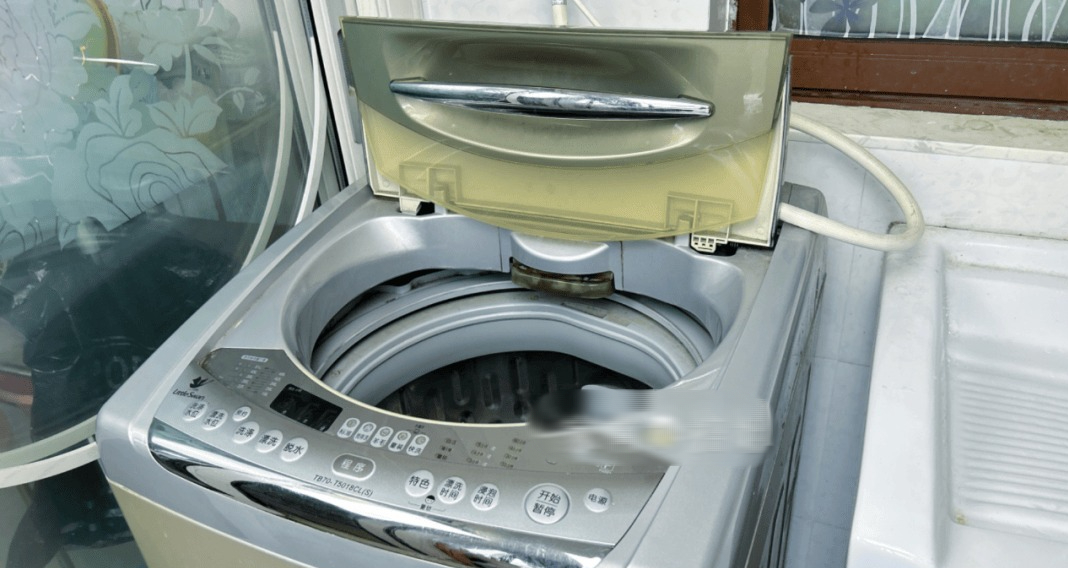
Why do clothes come out smelling strange, covered in tiny dark spots, or with bits of dirt floating in the rinse water?
It’s puzzling—but the real culprit is hiding inside the washing machine itself: layers of grime and bacteria that build up in spots untouched by the machine’s self-cleaning mode.
If you don’t regularly clean these two “small but critical” parts, you’re not just washing clothes in vain—you could also be creating the perfect environment for bacteria to thrive, which can affect your family’s skin and health.
1. The Lint Filter: A Small Component That Can Cause Major Contamination
Most modern top- and front-loading washing machines have lint filters located along the inner walls of the drum. These filters are designed to trap lint, hair, and loose fabric during a wash cycle.
But over time, if left uncleaned, they become breeding grounds for bacteria and mold. Dirty lint filters can cause freshly washed clothes to come out smelling musty, covered in residue, or even trigger skin irritation or itching for the wearer.
How to clean it:
-
Press the plastic latch and remove the lint filter.
-
Open the mesh, turn it inside out, and discard all debris inside.
-
Wash it with soap and a soft brush, let it dry completely, then reattach it.
Regular cleaning helps the filter trap lint more effectively, leaving your clothes truly clean and fresh.
2. The Base Tray: A Hidden Bacteria Hub Few People Know About
Many people don’t realize that beneath the drum, hidden under a plastic cover, lies the base tray—a spot where soap scum, sludge, and wastewater can collect over time.
If not cleaned regularly, this area becomes a source of foul odors, yellow stains, and reduced washing performance.
How to clean it:
-
Locate the small plastic cover at the center of the drum’s bottom. Use a pointed object (like a small knife or scissors tip) to gently pry it open.
-
Underneath, you’ll see a screw securing the base tray—remove it with a screwdriver.
-
Take the tray out. You’ll likely find dirt buildup and soap residue on the underside.
-
Scrub thoroughly under running water, wipe dry, and reinstall it.
-
Finally, use a damp cloth to clean the base area of the machine (this spot cannot be rinsed with water).
Neglecting to clean these two components can cause your washer to spread bacteria onto your clothes instead of cleaning them—a serious risk for babies or anyone with sensitive skin.
Routine cleaning doesn’t take much time, but it pays off with better hygiene, healthier skin, and a longer-lasting machine.
News in the same category

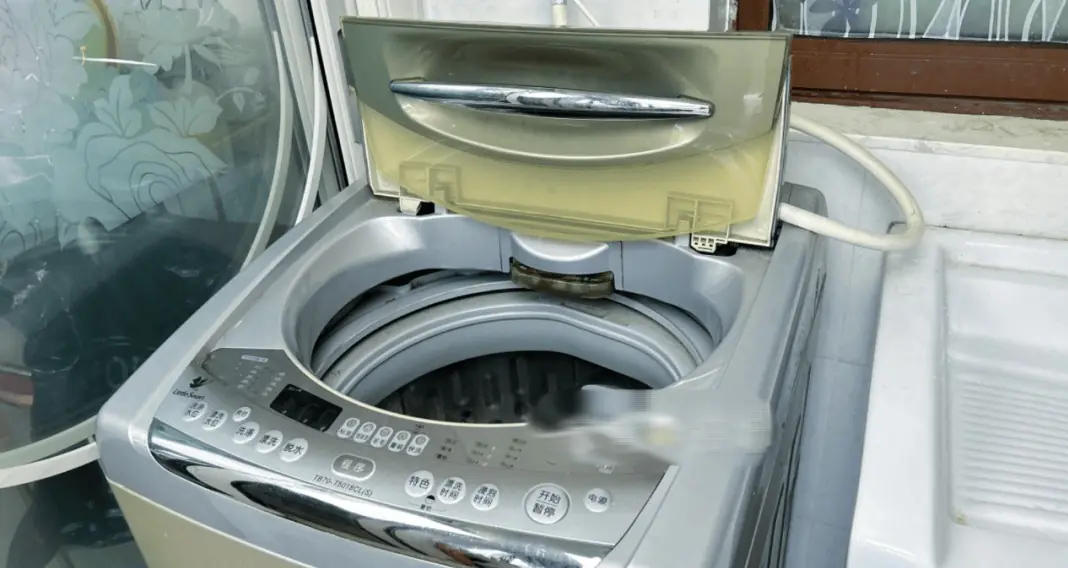
2 "hidden corners" of the washing machine that make clothes dirtier the more you wash them, 90% of people don't know

These 5 plants are the "nemesis" of formaldehyde: Swallow fine dust, purify air very well

8 habits to keep your kidneys healthy

3 Smart Tips to Keep Shrimp Fresh for a Year—Still Firm, Sweet, and Delicious

4 taboos when defrosting food, know and avoid "inviting disaster"

How harmful is cooking oil for pets when used in food processing?
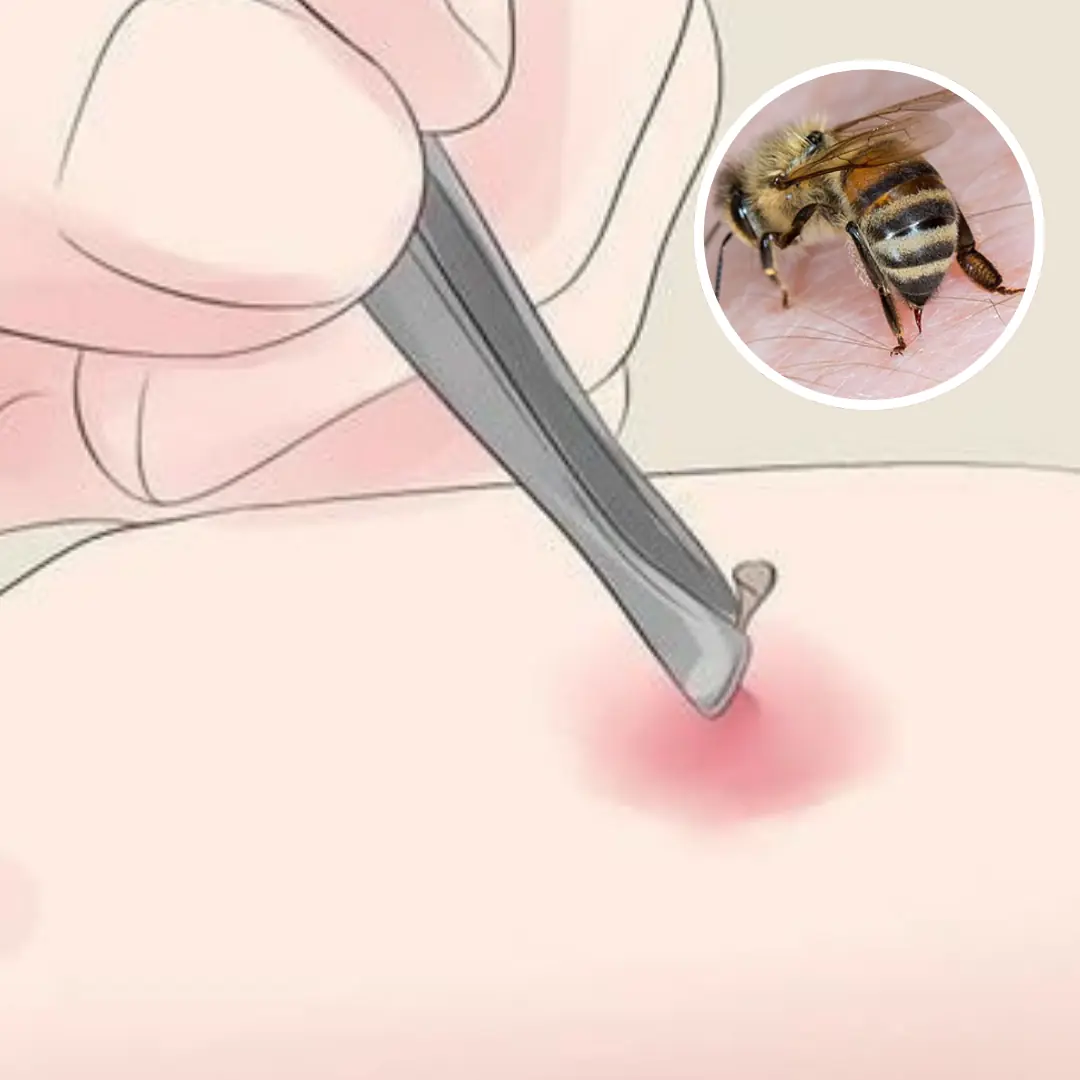
Is bee sting da.ng.erous and what is first aid?
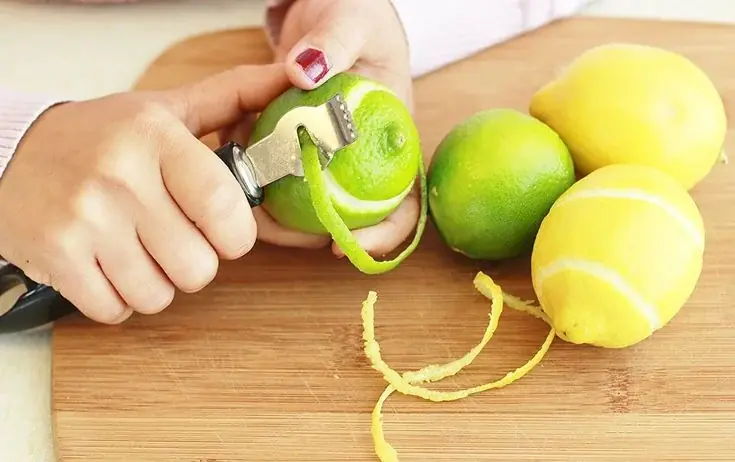
Don’t Throw Away Lemon Peels
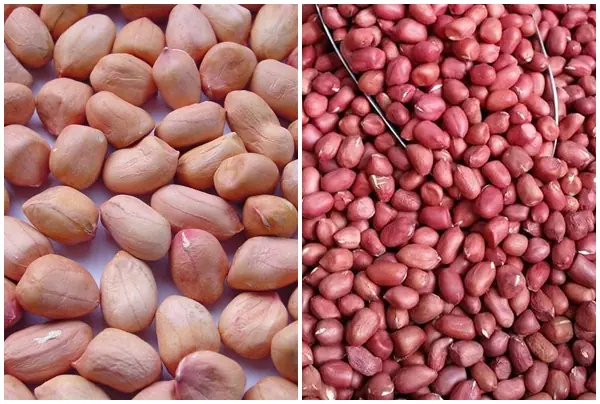
The difference between red peanuts and white peanuts
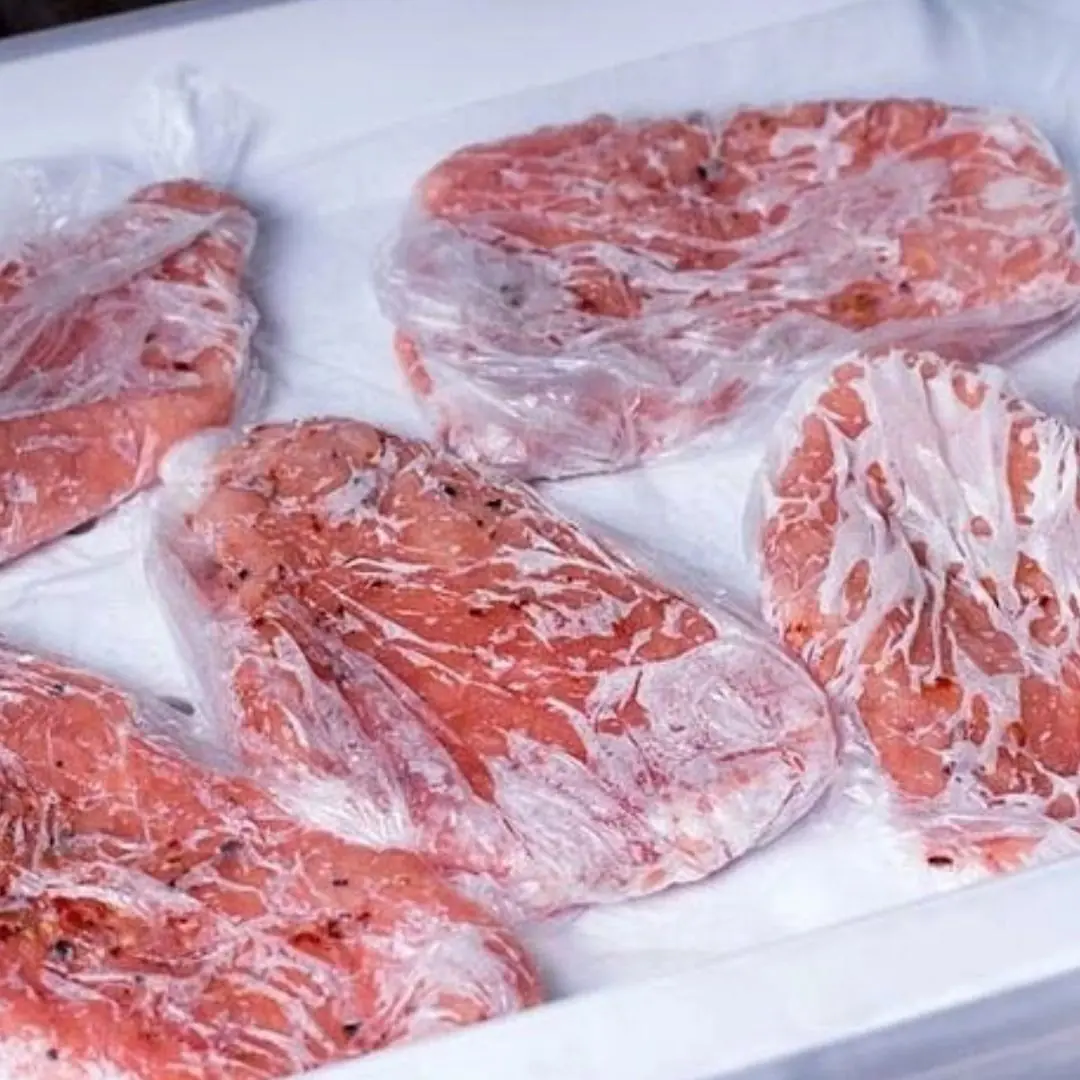
We have a habit of freezing meat and fish to eat gradually, so how long can frozen food be used to ensure safety and quality?
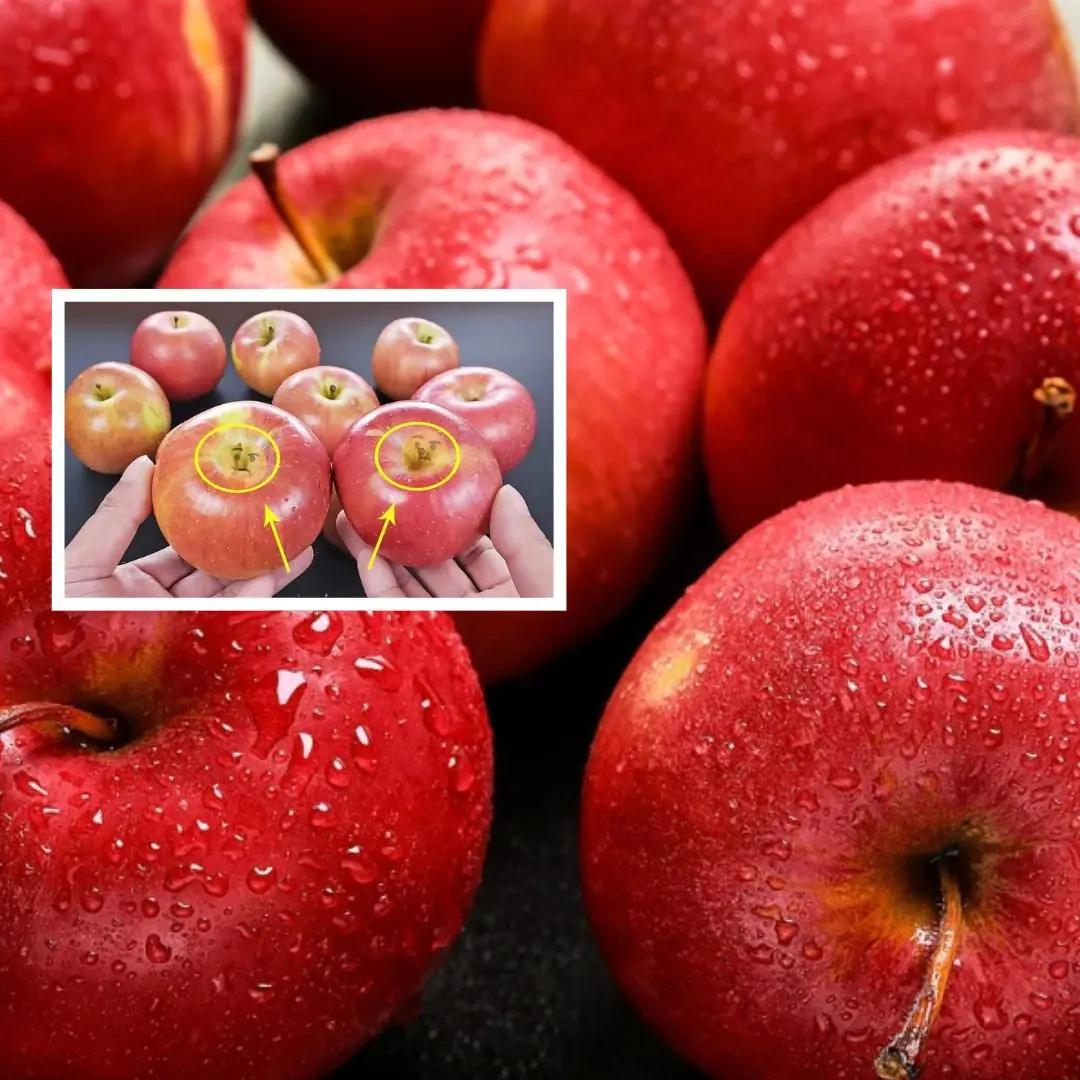
Want crisp, juicy, and delicious apples?

Ways to Maximize the Health Benefits of Cinnamon

With just a few simple tips below, you can keep ginger fresh for up to 6 months, without refrigeration, without taking much time.
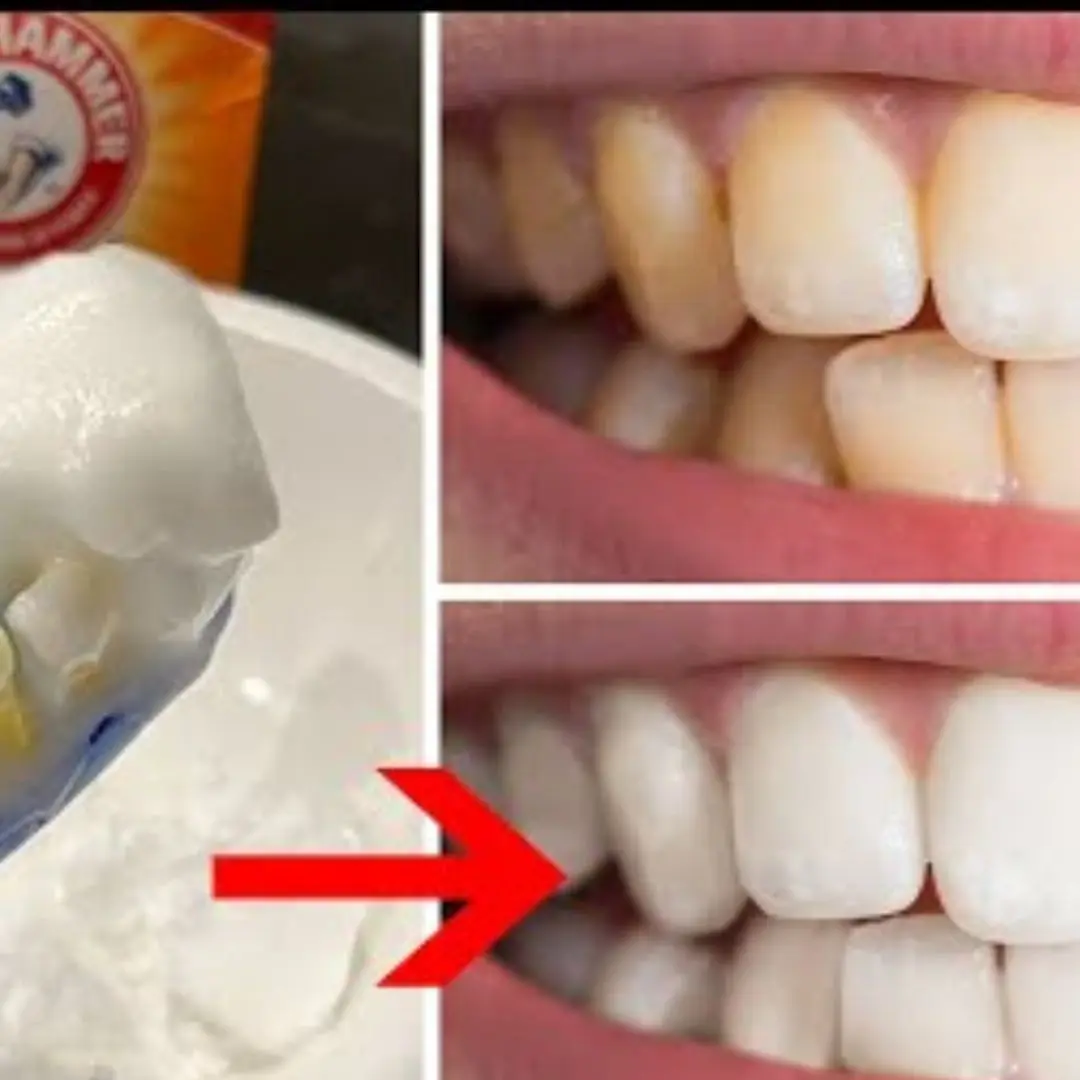
9 Natural Remedies For Teeth Whitening
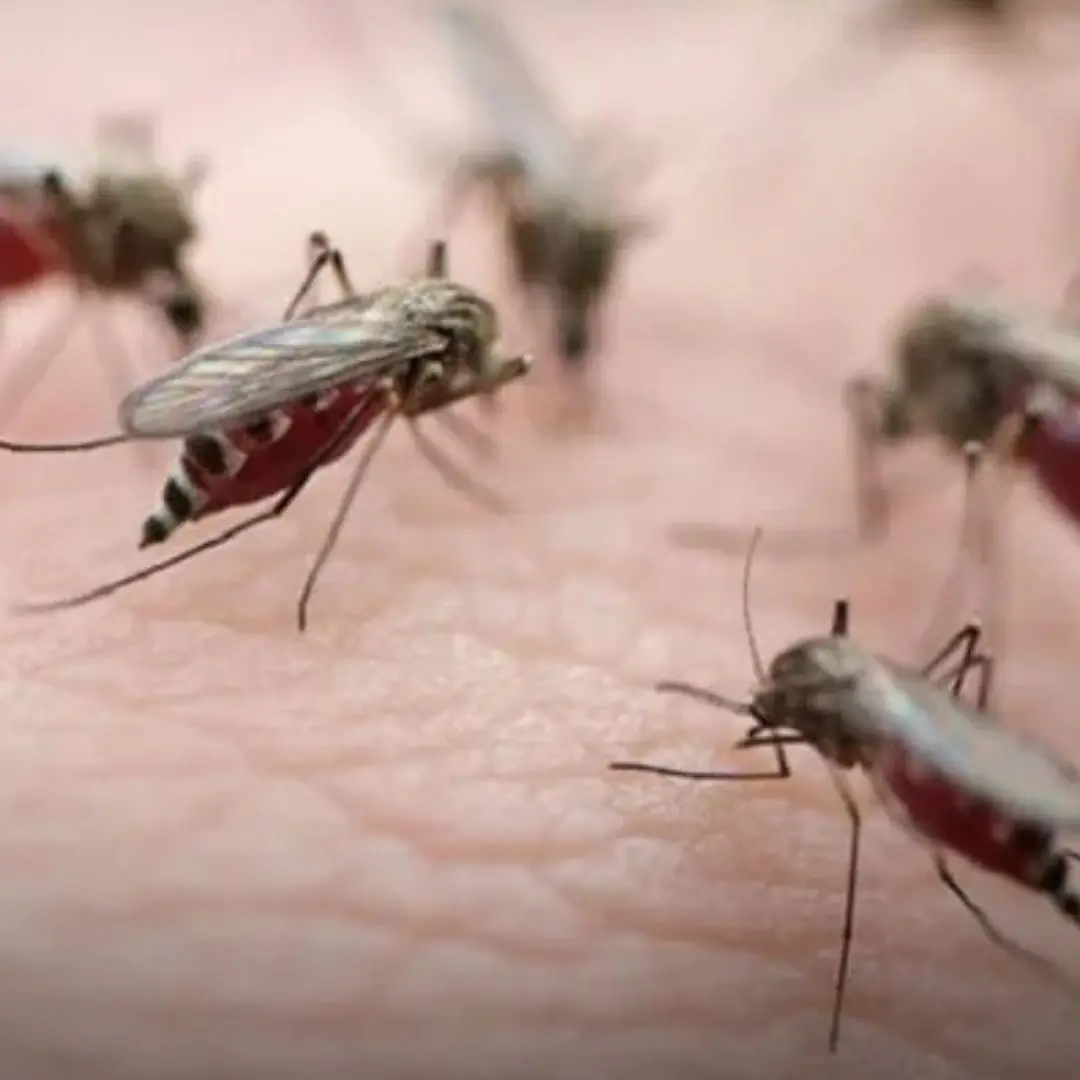
What is the lack of nutrients that causes frequent mosquito bites? How to effectively repel mosquitoes?
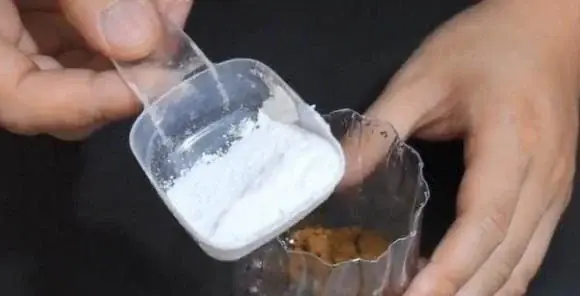
Try This DIY “Plastic Bottle Mosquito Trap” and Enjoy a Mosquito-Free Summer!

Be careful! Don't put these 5 things in the refrigerator anymore, they can become "invisible kil.lers"!

4 plants that easily "invite" snakes to come near, be careful when planting around the house!
News Post

4 Morning Habits That Increase Str.oke Risk—Avoid Them at Any Age
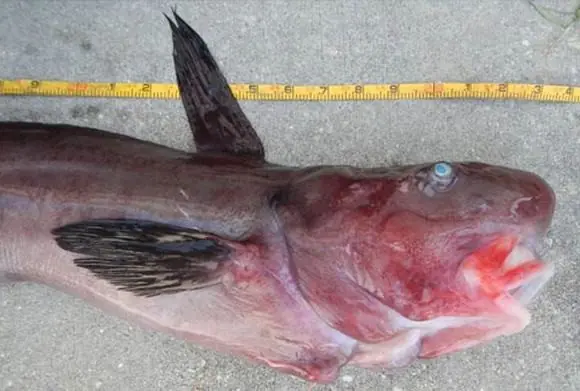
Smart Shoppers Avoid These 3 Types of Fish at the Market

Not a snake, this is the "kil.ler" that can crawl out of your air conditioner

Doctors Discovered 6 Morning Habits Shared by Most Can.cer Patients

Who should not drink soy milk? 6 things to remember
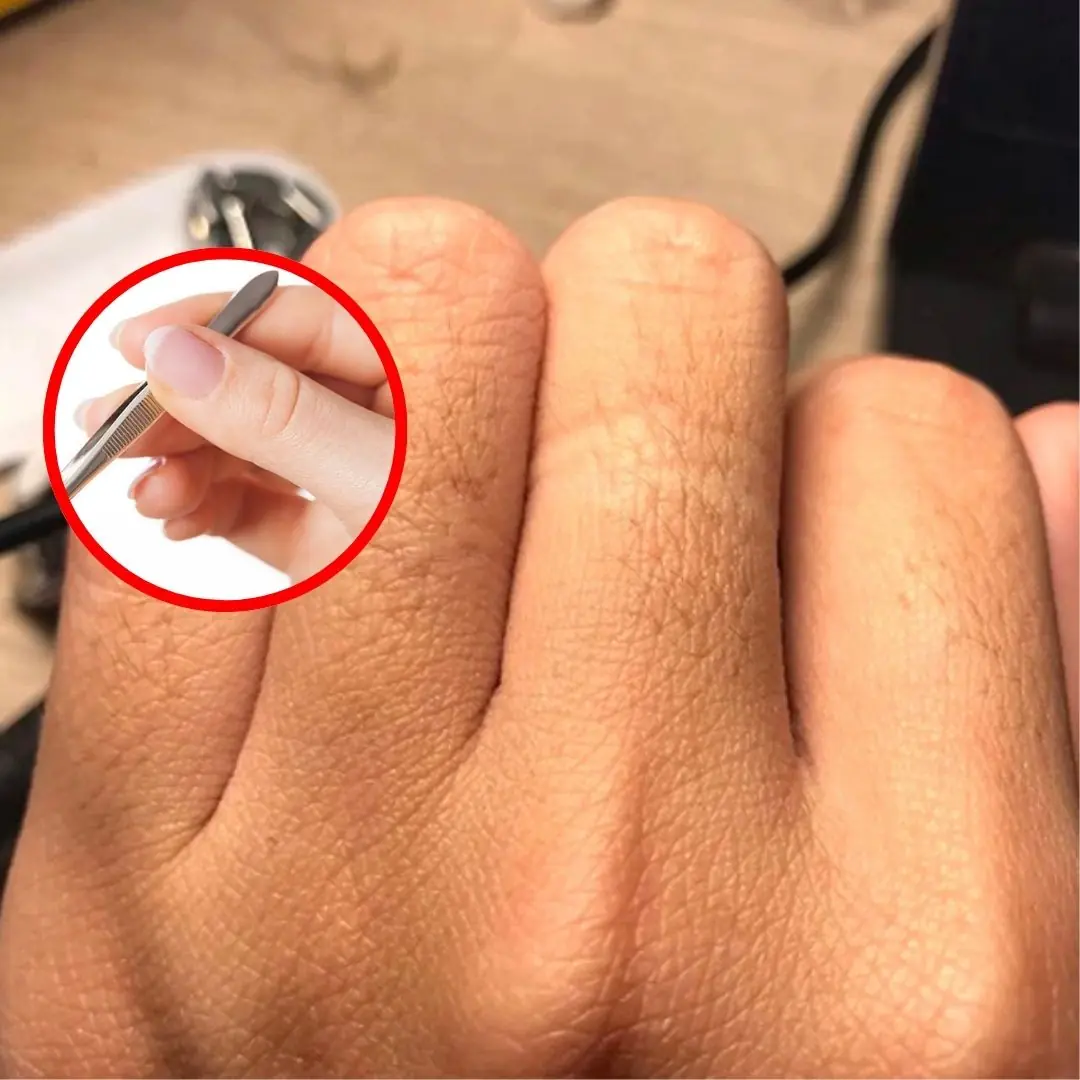
Why do women grow a lot of hair on their fingers?

Understanding Vestibular Disorders: Causes, Symptoms, and How They're Treated

Symptoms of end stage kidney can,cer
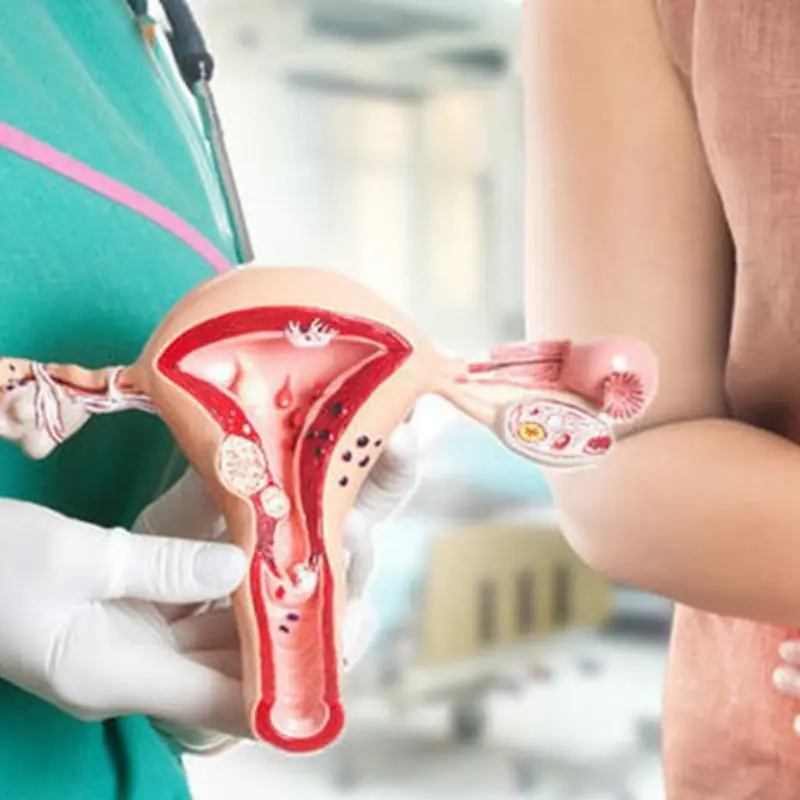
20 Signs of Can.cer That Women Often Ignore

4 best vegetables to help prevent canc.er

Summer, how to choose the right naturally sweet ripe watermelon: No need to type, just look at one spot and you'll know right away

2 "hidden corners" of the washing machine that make clothes dirtier the more you wash them, 90% of people don't know

These 5 plants are the "nemesis" of formaldehyde: Swallow fine dust, purify air very well
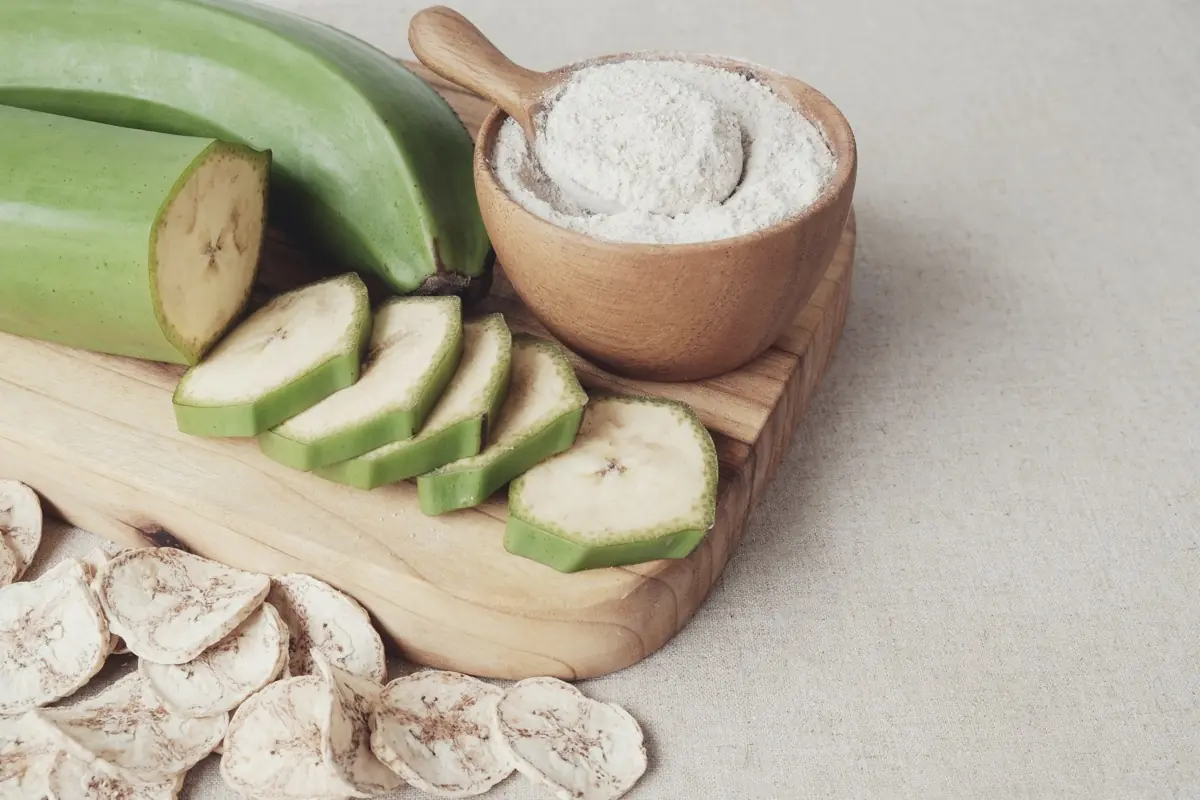
This fruit is extremely high in starch but helps reduce blood sugar and prevent 5 types of can.cer

4 things you do in the morning that bring you closer to a str.oke

These 3 “Frugal” Habits Are Actually Selling Out Your Health

Garlic Is Healthy for Most But for These 4 Groups of People, It Can Be Dangerously Toxic

Types of cooking oils that are good for the heart
